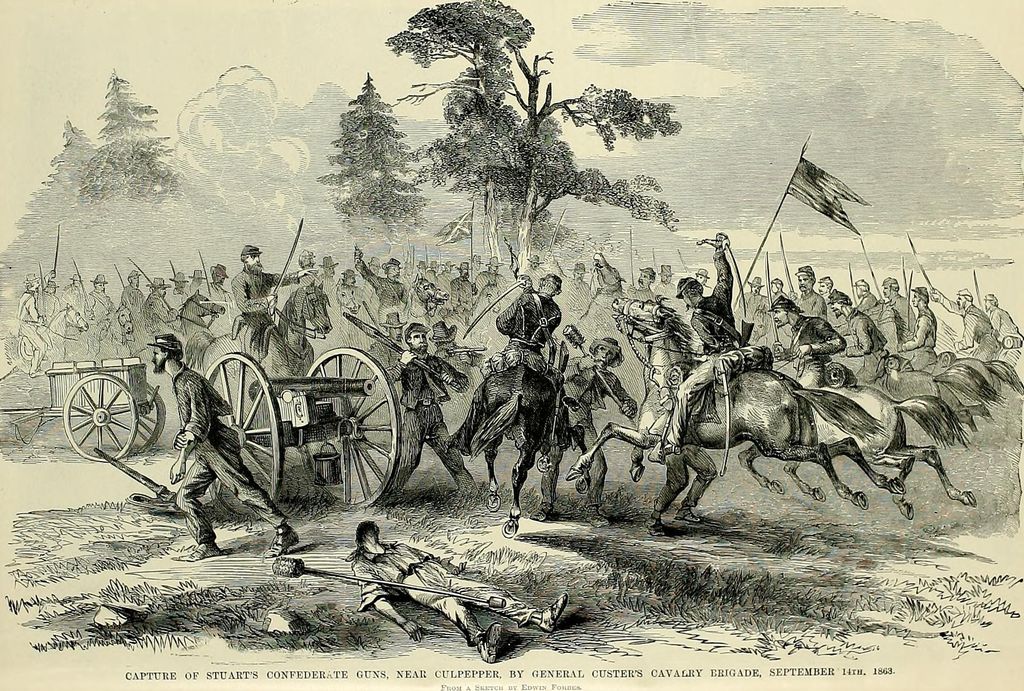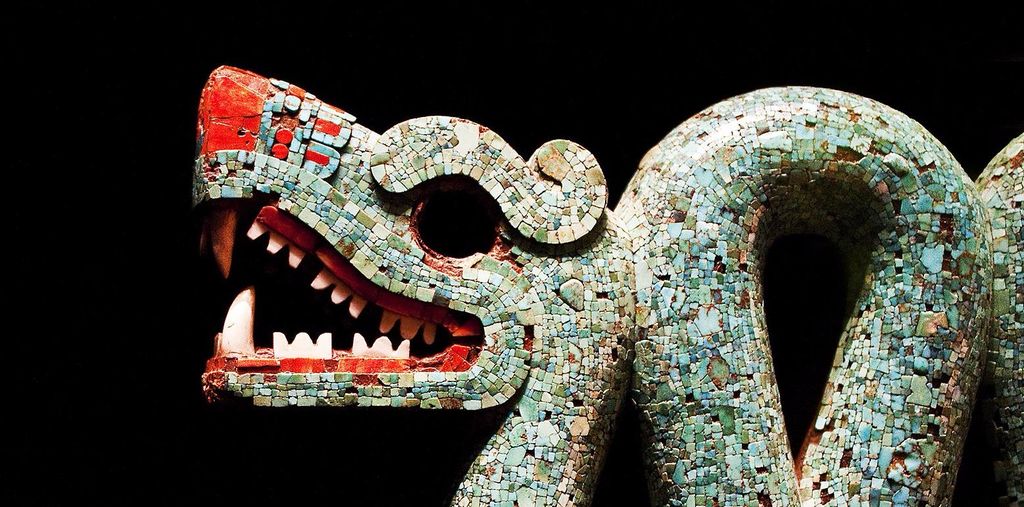What does paper, wood block printing, gunpowder and the compass have in common? They were all invented in Ancient China!
The Ancient Chinese civilization was one of the most brilliant the world has seen. As a succession of dynasties expanded throughout the region, developing innovative agricultural practices, writing and complex social structures along the way.
The Han Dynasty in particular (206 BCE–220 CE) is known today as the golden age of arts, culture and science. Under their rule, the Silk Route was developed, connecting China to central and western Asia, as well as Europe.
👇Scroll down to find out more.
✅ Why this matters today
Learning about the past can provide keys to understanding the present.
- What other powerful civilizations of the past are still influential today through their art, culture, institutions, infrastructure and monuments?
- Are there any powerful civilizations today and at what stage of development are they?
- War making in Ancient China used to be noble, where the unprepared or weak were not attacked. It was like a combat sport today, both had the same weapons. The Qin dynasty changed this and gained the upper hand by applying the tactics of the Art of War by Sun Tzu. All means were good to achieve victory, including using improving weapons, killing prisoners and attacking by surprise. Do we have rules today in warfare? Do you think warfare should have rules?
- Ancient China developed the Taoist and Confucian philosophies. What do they prone and how can you apply their teachings today to your life?
- Modern China is currently working on the The Belt and Road Initiative, aiming to connect China westwards through a trading network. How is this similar/different to the old Silk Road?
📖 The Timeline Format
There are many benefits to using timelines in a learning environment. For social studies and history study in particular, timelines are fantastic to chart events across different eras, providing a linear progression that aids understanding and the retention of information.
Timelines are more than just dates stacked up in a sequential order, they can (or should!) include context, facts, parallels with modern day events, a certain depth of knowledge that enables true understanding.
✍️ Create your own timeline
Head on over to Sutori and create a free account. Start from a blank slate, or use one of our templates.
With Sutori, you can:
🖼️ Easily add videos, images and audios
🔗 Embed any file or web link
📊 Add interactive quizzes and polls for engagement
💬 Develop peer review skills with comments
📽 Bring the timeline to life with “Presentation” mode
↪️ Share the link, export to PDF or embed it into your website
All that is required is an internet connection! Sutori works on all common web browsers (Chrome, Firefox, Safari, Edge). There is a paying and - generous - free version of the tool 😊




